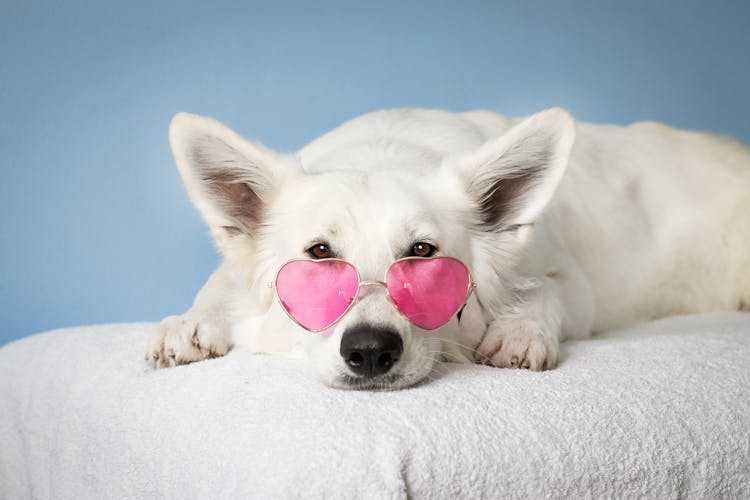All Categories
Featured
Table of Contents
The art of the Victorian era offers a poignant glimpse into the human-animal bond, particularly through the works of artists like Sir Edwin Landseer and Charles Burton Barber. Their paintings often depict dogs not just as pets but as beings capable of complex emotions, showcasing a depth of pathos sometimes even more profound than their human counterparts. This era marked a significant period where animal sentiment and welfare began to be more seriously considered in society.
The Timeless Motif of Dogs in Art History
Dogs have been revered subjects in art across various cultures and ages. From the robust guard dogs of ancient civilizations to the faithful companions in Renaissance paintings, their portrayal has evolved yet consistently symbolized protection, loyalty, and affection. These historical depictions not only reflect the roles that dogs played in those societies but also highlight the universal reverence for these animals.
Historic Significance of Dog Portraits
Significant works like the Townley Greyhounds and George Stubbs' portrait of Lady Archer's Maltese Terrier offer us unique insights into historical perspectives on dogs. These portraits are valued not just for their artistic merit but also for their documentation of canine breeds and the evolving human-dog relationship. They serve as cultural artifacts, offering clues to the societal and personal values of the times.
Contemporary Dog Art and its Cultural Reflections
In contemporary settings, artists like Jeff Koons have taken the depiction of dogs to new heights with large-scale sculptures that challenge conventional views and instigate dialogue about commercialism, art, and companionship. These modern pieces continue to influence not just the art scene but also pop culture and home decor.
In addition to visual arts, pet photography has developed as a specialized niche since the first dog costumes captured in photographs in the mid-19th century, highlighting the ever-evolving ways we view and appreciate our canine friends.
The Personal Touch in David Hockney's Dog Art
David Hockney's intimate portrayal of his Dachshunds, Stanley and Boodgie, in his "Dog Paintings" series offers a candid look at the life of domestic dogs, showcasing the comfort and simplicity of their daily lives. These works highlight the personal connection and love artists often feel for their pets, serving as both personal memoir and artistic expression.
Art throughout history has not just documented the physical appearance of dogs but also encapsulated the profound emotional and social bonds humans share with them. The evolution of dog portraiture from ancient times to the present serves as a testament to these enduring relationships.
Moreover, the rise of royal dog portraits in various mediums reflects the prestigious status dogs hold in various societies, represented as noble companions in countless family crests and royal portraits.
What makes historical dog portraits significant in art history?
How have contemporary artists continued the tradition of dog portraiture?

Just Upvoted
Latest Posts
Mastering Your Resume: A Job Seeker's Handbook
A Simple Guide to Your Credit Report
Investing Wisely: Maximizing Returns and Minimizing Risks